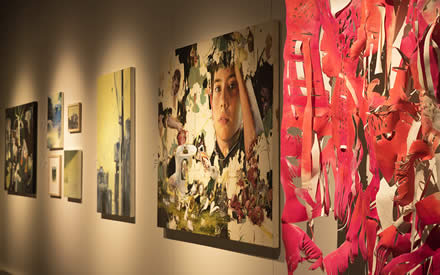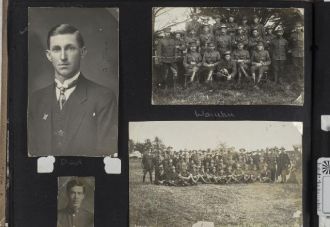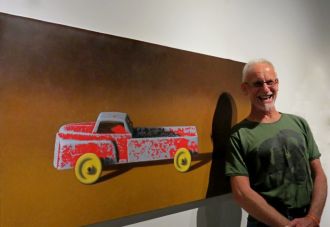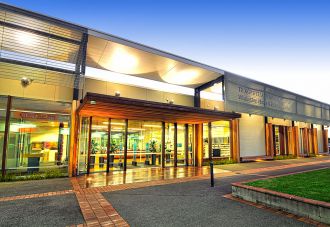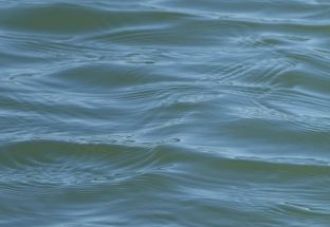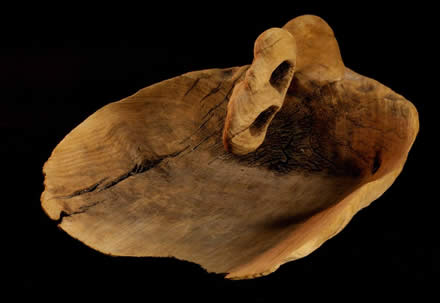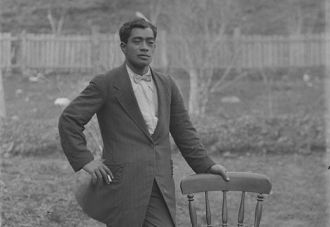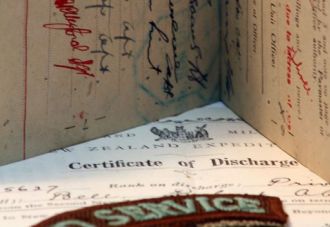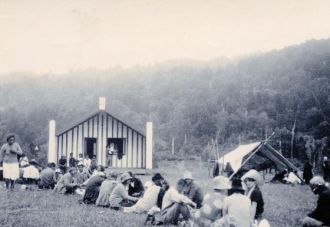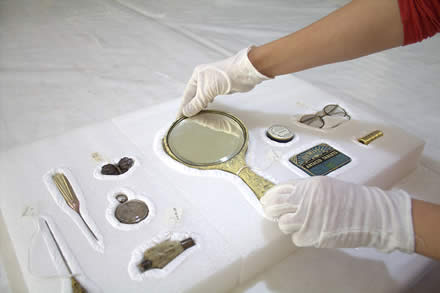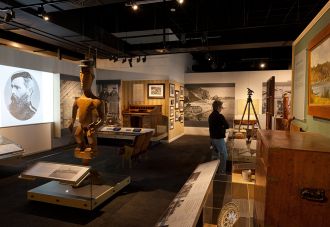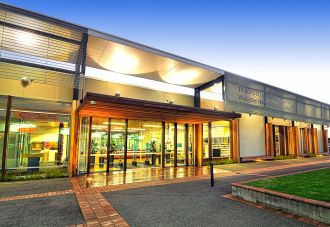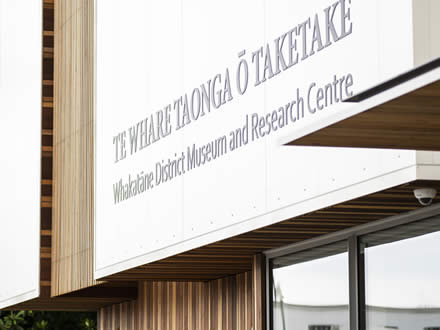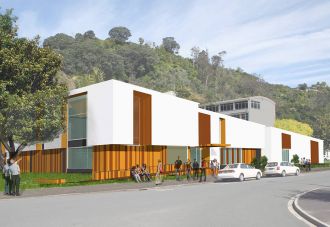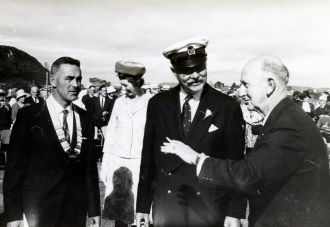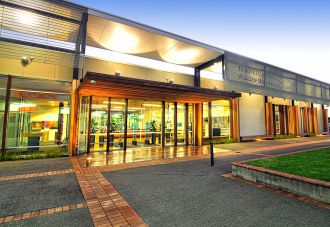This article originally appeared in Plenty Magazine.
The phrase “The End of an Era” is often overused, but it is surely applicable to the recent closure of the Commercial Hotel in Whakatane. More accurately called the New Commercial Hotel, the well known - and much loved - building was actually the second watering hole to grace the current location, and the appearance of the original structure was not exactly the considered process we equate with hotel construction today.
It all began in 1893, when a Mr E L Smith, eager to capitalize on the wealth of a growing Whakatane, was granted a hotel license in March with the proviso that his establishment be in operation by June of the same year. With no time to spare, Mr Smith acquired a hotel in Waiorongomai on the Corromandel goldfields - where the gold was running out and the pubs were going cheap - and had it dismantled and put aboard a scow bound for Whakatane. A hair-raising crossing of the bar nearly put an end to the whole venture, but luck was with the publican and reassembly began. As with most building projects then as now, it was soon behind schedule and Mr Smith stood to lose his license if he didn’t complete his end of the bargain. Not to be stopped, he erected just the doorframe and door, complete with nameplate and sign, and declared himself open for business. The liquor licensee must has been a man of excellent humour, as he quietly ignored the fact that rest of the ‘Hotel’ was a pile of lumber and turned a blind eye. Once completed, the original Commercial Hotel served the town well and passed through several owners, one of whom – William “Billy” Regan – died together with seven of his staff and guests in the 1918 influenza epidemic.
In 1939, the old Hotel was demolished and the New Commercial Hotel, designed by Gisbor ne firm Birr and Mirfield, rose in its place. Very much a product of its times, the New Commercial Hotel incorporated features of the Spanish Mission style in it’s Art Deco façade, including curved balconies and pan tiled roof edges, and had a U-shaped floor plan to maximize light and air flow to the second-floor rooms. Gone was the flat-fronted utilitarianism of the timber building, replaced instead by continental flourishes and a confidence that clearly showed the prosperity and conviction that the region and the era were experiencing. It spoke not of flash-in-the-pan gold fields, but wool, beef, butter and a bright future filled with beer.
A similar statement can be seen in the Whakatane Hotel. It too replaced a workman-like wooden structure in 1939 at the cost of 30,000 pounds with a bold, solid assertion that the Hotel - and the town - were here to stay. There had been licensed premises on that site since the 1870s, and to read it’s roster of owners is akin to scanning a Whakatane Street map: the names Merritt, Simpkins, and McAlister all feature on the deed at some point, with George Simpkins even presenting the pub to his daughter Eliza as a wedding present around 1880.
The Whakatane Hotel fancied itself as a cut above it’s rival, “going electric” in 1922 with “remarkable incandescent bulbs”, and proudly advertising that it had a ferry connection across the river, though passengers actually found themselves conveyed across by what contemporary photos clearly show was simply a row boat.
The current Whakatane Hotel and the New Commercial Hotel, enjoyed a long and (usually) friendly rivalry between the two grand dames of Whakatāne.“The Whaka”, as it was commonly known, scored a considerable coup when it played host to the cast and crew of the 1954 film The Seekers, the first colour feature made in New Zealand, which was shot on location in Whakatane. A hint of sexual abandon and big screen scandal rippled down The Strand when one of the stars - Layla Raki, an “exotic” actress of “mysterious island origins” - took to spending her evenings draped on the window sill of an upper floor room while smoking cigarettes. So many of Whakatane’s young men took to spending their evenings draped on the bonnets of cars in the street below that a nearby cobbler opened after hours so as to give them an excuse to be there. The cobbler promptly made a tidy sum from unnecessary shoe and boot repairs, and Layla Raki turned out to be one Brunhilde Marie Alma Herta Jörns from Hamburg, Germany, but she stayed in character throughout her visit and no one appears to have been any the wiser.
Each Hotel attracted it loyal regulars, but there were also plenty who preferred to float between both. The 50s, 60s and 70s were a time when much of New Zealand society embraced the pub as an integral part of the community; it was a focal point for social and business interaction, a port in any storm, and a provider of accommodation for what was a remarkably transient population of workers, travelling salesmen, visitors, tourists and migrants. Service and social clubs met there, royalty stayed there, all good gossip began and ended there, and people met, courted, and celebrated marriage there. By the turn of the Century things had changed, and the smoke filled pub where patrons stood six deep at the bar had gone. Tougher drink-driving laws and changing social tastes meant Kiwis were spending their leisure time – and their money – elsewhere, and in Whakatane the great Hotel rivalry ended with The Whaka being the last one standing.
Ultimately perhaps, the closure of the New Commercial Hotel was less about our changing drinking habits and more about our changing concerns about the shifting ground we live on. Increasingly strict regulations on earthquake proofing in New Zealand (post Christchurch) mean that upgrading many heritage buildings is prohibitively costly, and very few owners of such buildings outside of the busy main centres can justify the expense.






